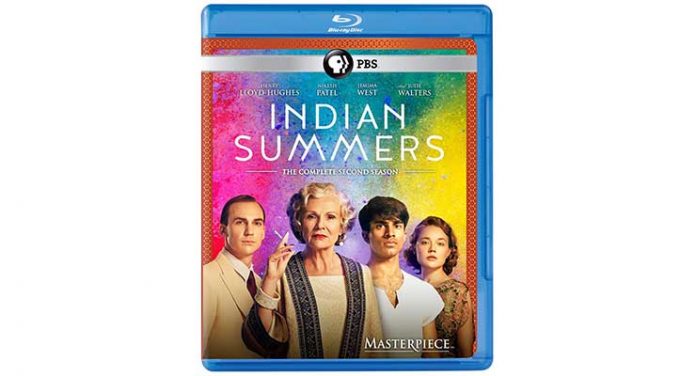
The second season of the series has a bit of a quicker pace than the first and a little more action because things are beginning to heat up. The atmosphere surrounding independence is becoming more intense; there are rebel attacks, bombings, riots, and all sorts of machinations. At its core, however, the series remains more of a lavish melodrama than anything else. The trouble with Alice and her abusive husband and the star-crossed, forbidden love between Aafrin and Alice seems to motivate the plot. Even Aafrin’s sister Sooni seems to find love coming at her from different angles, be it an arranged marriage she doesn’t want, an unexpected proposal from a dear friend, or unexpected love with a Muslim man, which upsets her parents.
The drama may be too syrupy at times, and, given the weight of the surrounding events, it can also seem a little plastic, but there’s something addictive and delicious that keeps one coming back to Indian Summers, whether it is the incredible acting from the powerful cast, the beautiful sets and landscapes of Penang, Malaysia standing in for Colonial India, or the remarkable character developments from the writers.
[envira-album id=”92810″]
The Video
Shot digitally on the Red Epic, Indian Summers has a rich and colorful palette that is presented beautifully in this AVC 1080p encodement on Blu-ray from PBS. The textures are crisp, there is no compression noise, and there is a subtle amount of video “noise” that acts almost like an organic layer of grain. Contrast is strong, and the shadows do not show any crush.
The Audio
The standard English DTS-HD Master Audio 2.0 stereo track is included. While it would have been better to hear the ambience of the Indian countryside and the bustle of the city in 5.1, this track does well presenting its sound effects and dialogue with good stereo imagery intelligible speech.
The Supplements
A just-over 45-minute “making of” is included wherein the cast and crew discuss where the series goes in its second season while some clips from the series are interspersed with their interviews.
- Making of Indian Summers (2.35:1; 1080p/24; 00:46:30)
The Final Assessment
Indian Summers sways along like a warm tropical breeze before the monsoons. It’s a stormy delight of passions, intrigues, and romance set in the days before Indian independence and it percolates and simmers, even if at times it misses some of the deeper issues while focusing too much on the superficial. The second season does better at folding in some of the wider points of the era and quickening the pace, while also maintaining the gorgeous production and core of the series.
Be the first to leave a review.


